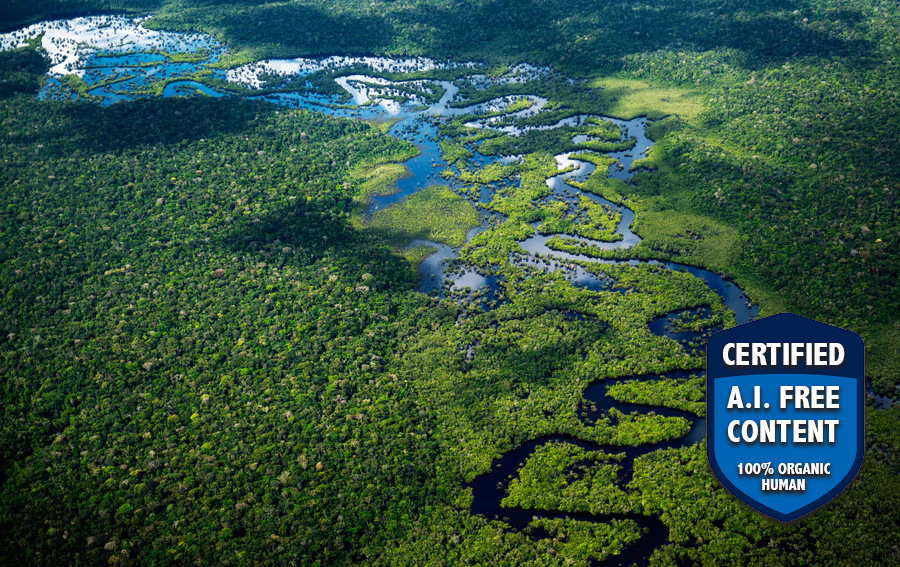Trees of Amazon Rainforest Cultivated by Pre-Columbian Humans - ATLANTIS RISING THE RESEARCH REPORT (original) (raw)

By Carolina Levis

Trees that were domesticated by pre-Columbian peoples still dominate the forests of the Amazon Basin. The findings put a dent in the notion that the vast rainforests were untouched by human hands before the arrival of the Spanish explorers in South America. In an article published in Science, an international team including Florian Wittmann from the Max Planck Institute for Chemistry, the scientists report their findings (https://www.science.org/doi/10.1126/science.aal0157).
As far back as 8,000 years ago, the peoples of Amazonia began to domesticate plants such as the Brazil nut, the cacao tree and the acai palm tree. For a long time, it was not clear to what extent the indigenous inhabitants of the forest really transformed the forest by specifically tending to or cultivating certain trees or carrying their seeds over large distances. The international team from the Brazilian national institute for Amazon research (INPA) therefore investigated the occurrence of 85 tree species used for food or as a construction material by the pre-Columbian inhabitants. The scientists looked at data from the Amazon Tree Diversity Network (ATDN). The database contains an inventory of tree species found at approximately one thousand study sites in the Amazon Basin.
The team found that 20 out of 85 domesticated species are abundant in the entire Amazon Basin and dominate large swathes of the rainforest. A study published in 2013 and co-authored by Florian Wittmann identified 4,962 different tree species in total at the ATDN study sites. Only 227 of these were widely distributed. While only five per cent of all tree species are abundant in the Amazon Basin, 24 per cent of the domesticated species occur frequently there. The proportion of abundant domesticated species was thus five times greater than would have been expected if humans had not interfered.
Florian Wittmann comments on the result: “The study sheds considerable light on how many tree species were propagated by humans; for example, Bertholletia, the Brazil nut.” A researcher in Manaus (Brazil) for the Max Planck Institute for Chemistry until 2016, Wittmann is now working at Karlsruhe Institute of Technology (KIT). Genetic studies have demonstrated that there are only very slight genetic differences between Brazil nut trees found in different areas of the Amazon region. Since the differences are much greater among species that have spread through the rainforest by chance, it is very probable that the species’ propagation was helped along by humans. Further investigation is required to confirm such findings concerning other trees, such as the cacao tree.
The study produced another finding: Around archaeological sites, the abundance and richness of domesticated trees increased. The researchers concluded that the American indigenous populations conferred an advantage on useful trees through their activities, thereby changing the ecosystems. The scientists believe that the finding confirms that human activities shaped the Amazon rainforest before the arrival of the Spanish. Florian Wittmann agrees: “Hardly any corner of Amazonia has been left untouched by humans,” the expert on floodplains ecology says. “According to estimates, about ten million people lived there prior to European colonization.”

